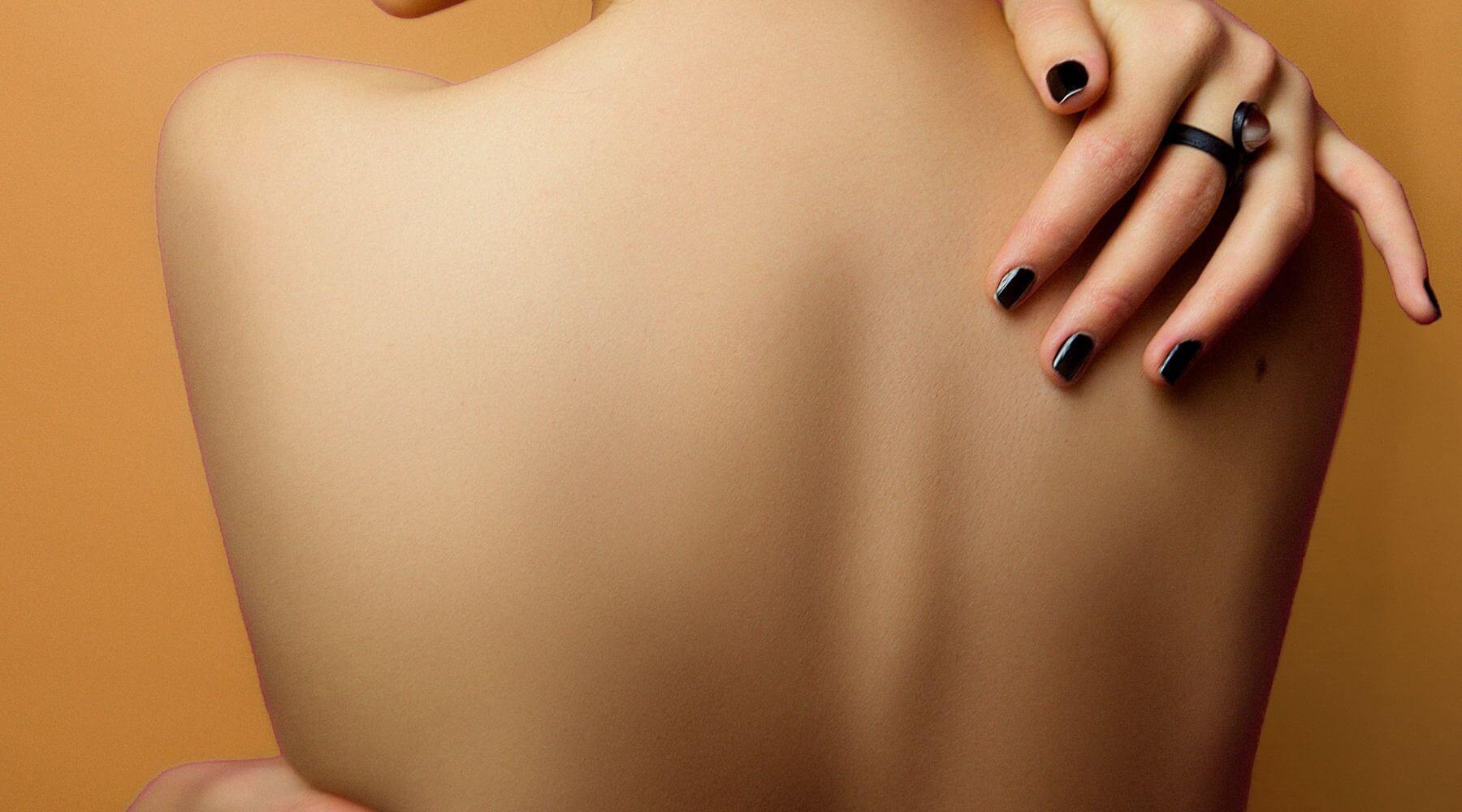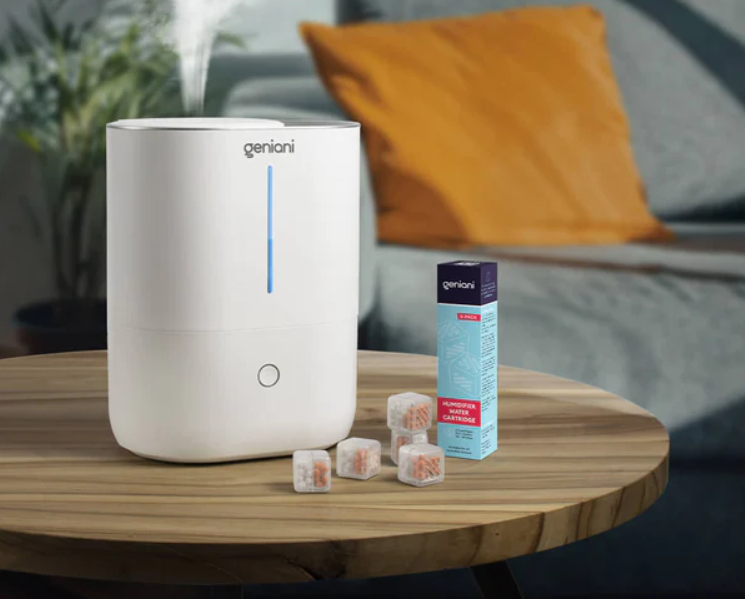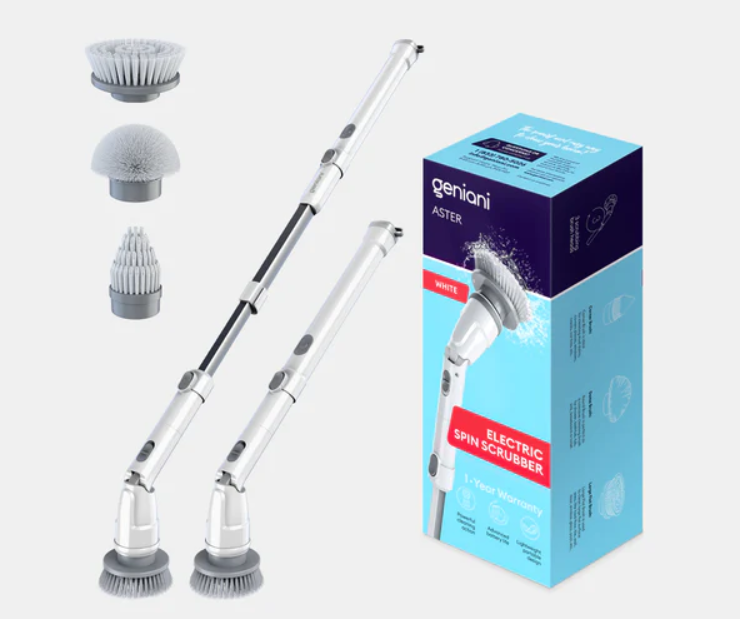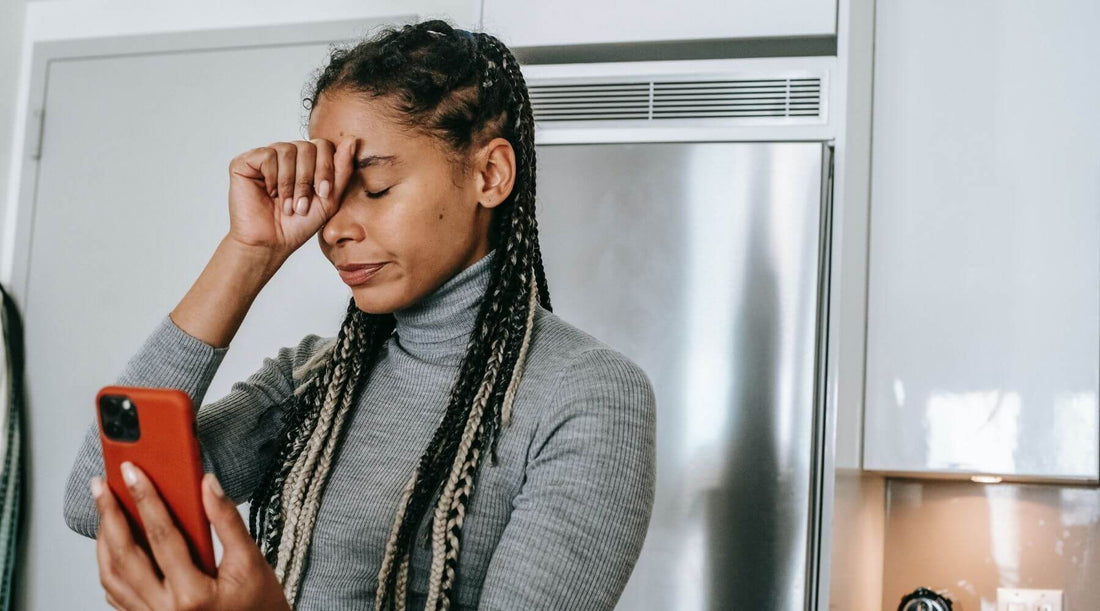Almost everyone has low back pain at some point. It is a universal human experience. The low back supports the weight of the upper body. It also provides mobility for everyday motions. Muscles in the low back are responsible for flexing and rotating the hips while walking. Nerves in the low back supply sensation and power the muscles in the pelvis, legs, and feet. The lower back, which usually starts below the ribcage, is the lumbar region. Pain here can be intense. It is one of the top causes of missed work. Lower back pain is a severe problem. Fortunately, such pain often gets better on its own. When it doesn’t, there are effective treatments.
Different Types of Lower Back Pain

The two most common types of lower back pain are mechanical and radicular pain.
Mechanical Pain
It comes primarily from the muscles, ligaments, joints, or bones in and around the spine. This type of pain tends to be localized to the lower back. Sometimes it is localized in the top of the legs. It is usually influenced by loading the spine.
Radicular Pain
Such type of lower back pain can occur if a spinal nerve root becomes impinged or inflamed. This type of pain may follow a nerve root pattern. Moreover, it can radiate down into the buttock and leg. As a rule, the radicular type is associated with sharp, electric, burning-types of pain. It can be associated with numbness or weakness and typically felt on only one side of the body.
Acute Pain
This type of pain typically comes on suddenly and lasts for a few days or weeks, and is considered a normal response of the body to injury or tissue damage. The pain gradually subsides as the body heals.
Subacute Low Back Pain
Lasting between 6 weeks and 3 months, this type of pain is usually mechanical (such as a muscle strain or joint pain) but is prolonged. At this point, a medical workup may be considered and is advisable if the pain is severe and limits one’s ability to participate in activities of daily living, sleeping, and working.
Chronic Back Pain
Usually defined as lower back pain that lasts over 3 months, this type of pain is usually severe, does not respond to initial treatments, and requires a thorough medical workup to determine the exact source of the pain.
There are many additional sources of pain including claudication pain, neuropathic pain, deformity, tumors, infections, and pain from inflammatory conditions (such as rheumatoid arthritis or ankylosing spondylitis). Also, they include pain that originates from another part of the body and presents in the lower back. For example, kidney stones or ulcerative colitis. It is also possible to have lower back pain without any definitive causes. When this happens, the primary focus is on treating the symptoms and the patient’s overall health. Symptoms can be experienced in several ways. For example:
- dull or achy pain;
- stinging, burning pain;
- muscle spasms and tightness in the low back, pelvis, or hips;
- pain that worsens after long periods of sitting or standing;
- unable to stand up straight, not able to walk or run without pain.
How to Get Relief from Lower Back Pain
Back pain due to muscle strain will usually get better on its own, but you can take steps to make yourself more comfortable. Usually, people who suffer from lower back pain don’t even want to get out of bed. But it isn’t the best solution!
Be Active
For such cases, doctors recommend returning to your normal activities as soon as possible. Studies suggest that any more than a day or two of bed rest can make the pain worse. Also, it may reduce muscle tone and flexibility. So, don’t lead a couch potato lifestyle.
Massage
One more way to prevent low back pain is a massage. It may relieve chronic low back pain. Especially when combined with exercise and stretching. A heating pad or warm baths may provide temporary pain relief too.
Sleep
Did you know that two-thirds of people with chronic back pain suffer from some type of sleep disorder? Paradoxically, inadequate sleep can make your back pain worse. Therefore, the quality of sleep is extremely important for those who suffer from any types of pain.
Medical Treatment
It is also a way to get pain relief for lower back pain. Drugs as ibuprofen (Advil, Motrin IB, others) or naproxen sodium (Aleve), might relieve acute back pain. But you should take these medications only as directed by your doctor.
Heat and Cold Therapy
Sometimes the basics are the best. Especially, if we are talking about natural pain relief. The temperature change from hot to cold and back again triggers anti-inflammatory heat-shock and cold-shock proteins. So, the compression decreases blood flow to injuries. It keeps inflammation and swelling down. Alternating cold and heat are also effective.
Heating Pad for Back Pain
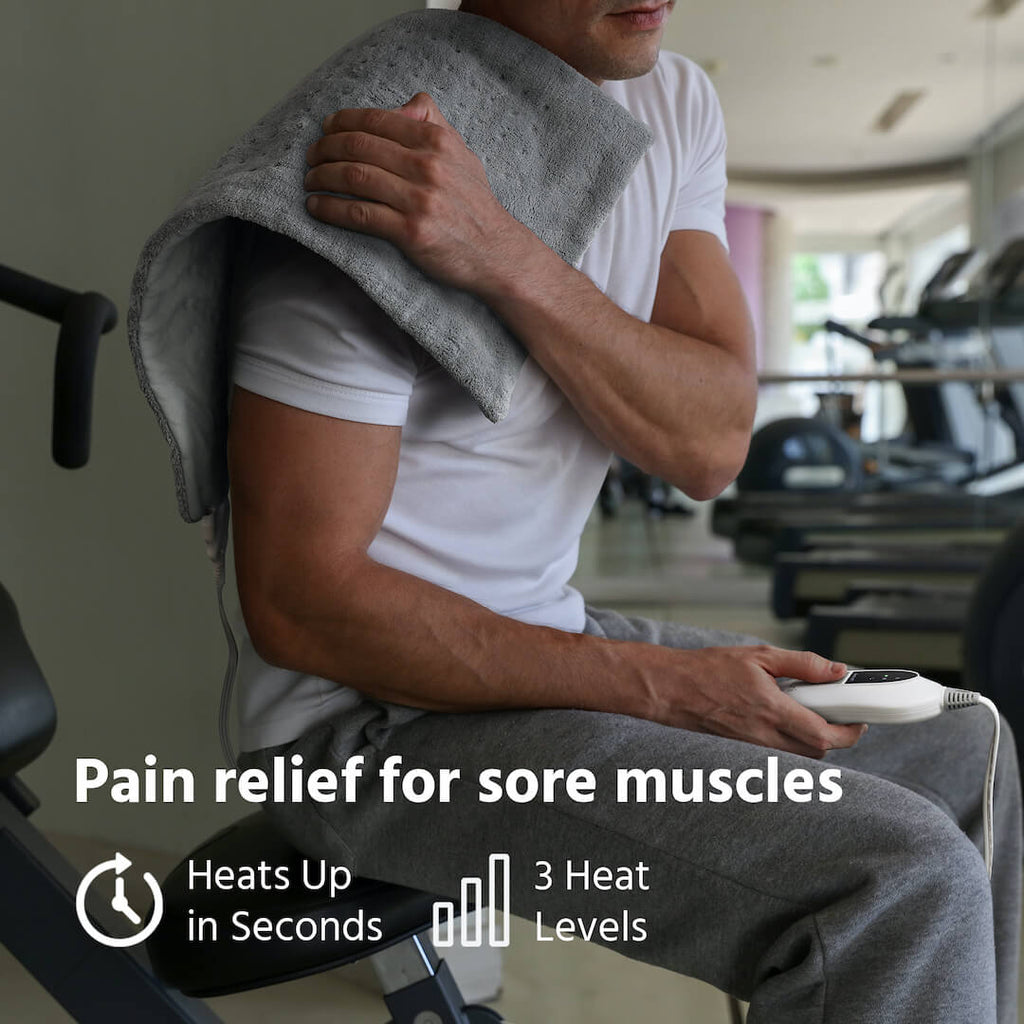
There are a lot of good home remedies for lower back pain relief. But the most effective and helpful is the heating pad. It comes in various shapes and sizes, with different heat setting options. The heating pad we are featuring is our Geniani heating pad with three heat settings: low, medium, and high. For pain anywhere in the back, you will need to lie down flat on a hard surface to come into full contact with the heating pad. Choose the highest heat setting for this treatment. Always make sure to use a towel or clothing between your skin and the heating pad to avoid burns. Place the heating pad on the painful area and try to rest calmly for 5-10 minutes. It will help you to ease sore muscle and lower back pain.
Lower Back Pain Relief Stretches and Exercises at Home
You may feel like resting, but moving is good for your back. Exercises for lower back pain can strengthen the back, stomach, and leg muscles. They help support your spine, relieving back pain. Always ask your health care professional before doing any exercise for back pain.
Partial Crunches
Lie with knees bent and feet flat on the floor. Cross arms over your chest or puts hands behind your neck. Tighten stomach muscles and raise your shoulders off the floor. Breathe out as you raise your shoulders.
Wall Sits
Stand 9-12 inches from the wall, then lean back until your back is flat against the wall. Slowly slide down, pressing your lower back into the wall. Hold for as much s possible.
Aerobic Exercise
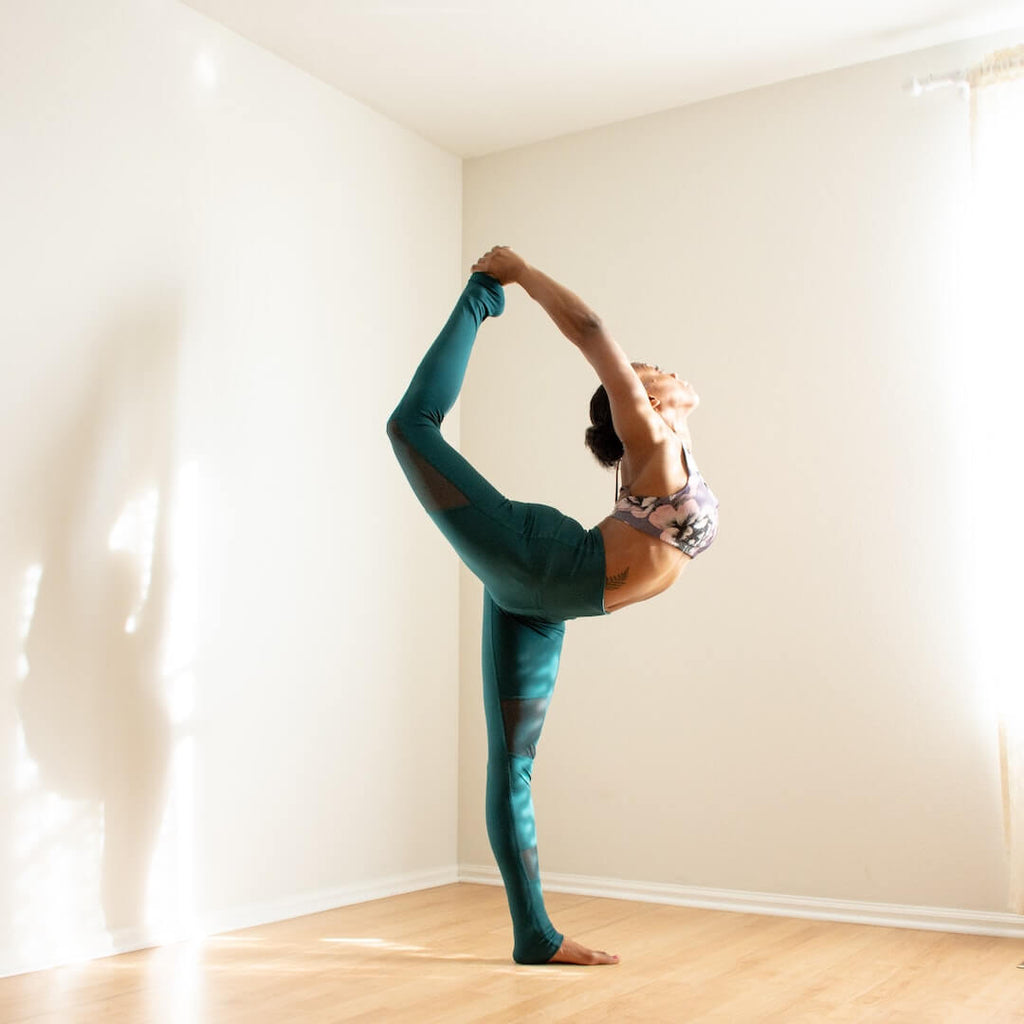
Walking, swimming, and biking may help reduce back pain. Start with short sessions and build up over time.
If back pain doesn’t go away for more than two months, yoga can help. In one study, people who took yoga classes had fewer symptoms of low back pain than people who were given a book about care for back pain. There are some useful and helpful exercises to prevent lower back pain.
Lower Back Pain Treatment at Home
As you can see, it is possible to cope with such pain at home. A doctor may recommend physical therapy, medication, or other treatments. People who have existing health conditions or who take regular medications should speak to a doctor before trying any herbs or supplements.
ENJOY THE SPECIAL BENEFITS FOR OUR ENGAGED BLOG READERS!
- Get 11% OFF any heating pads: Use “BLOGHEAT” during your checkout or follow this link to get your deal!
- Get our brand new Huron Humidifier White with 15% off instantly, just follow the link and enjoy your special discount.
- Buy portable cool mist humidifier Erie White with 14% off. Follow the link to get your discount applied.
- Purchase the microwavable heating wrap Magma Space Blue with 15% off. Follow this link to get a coupon activated.




